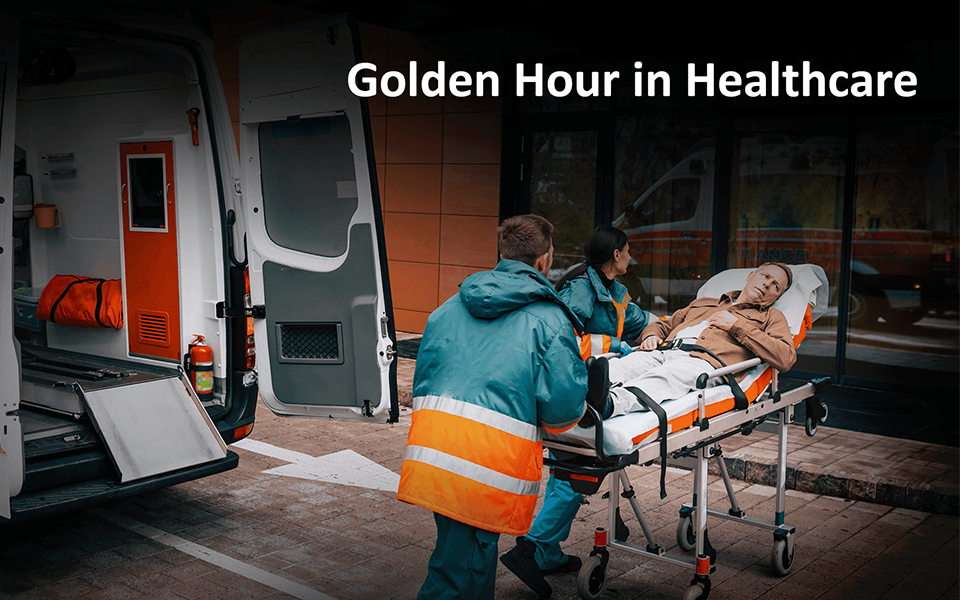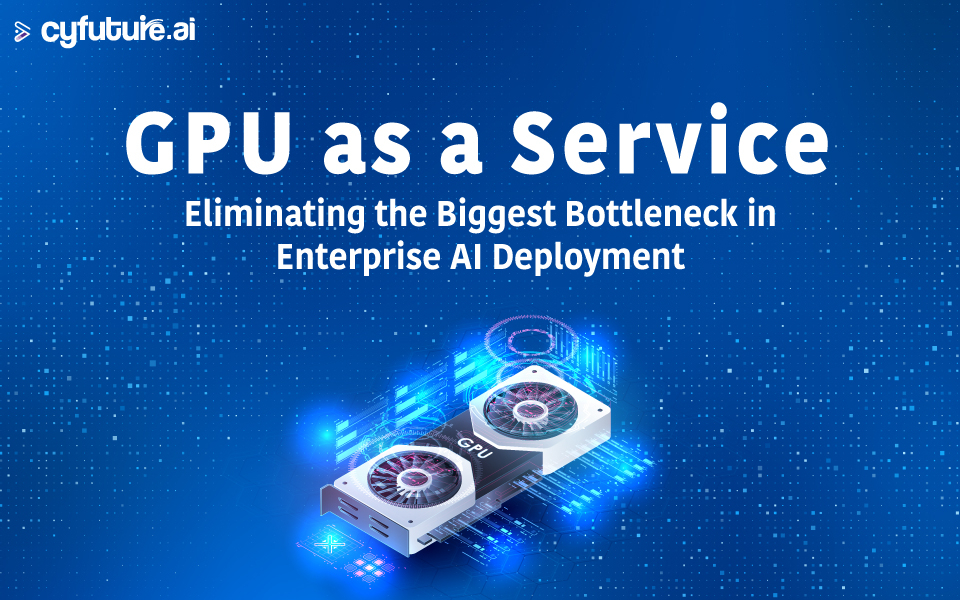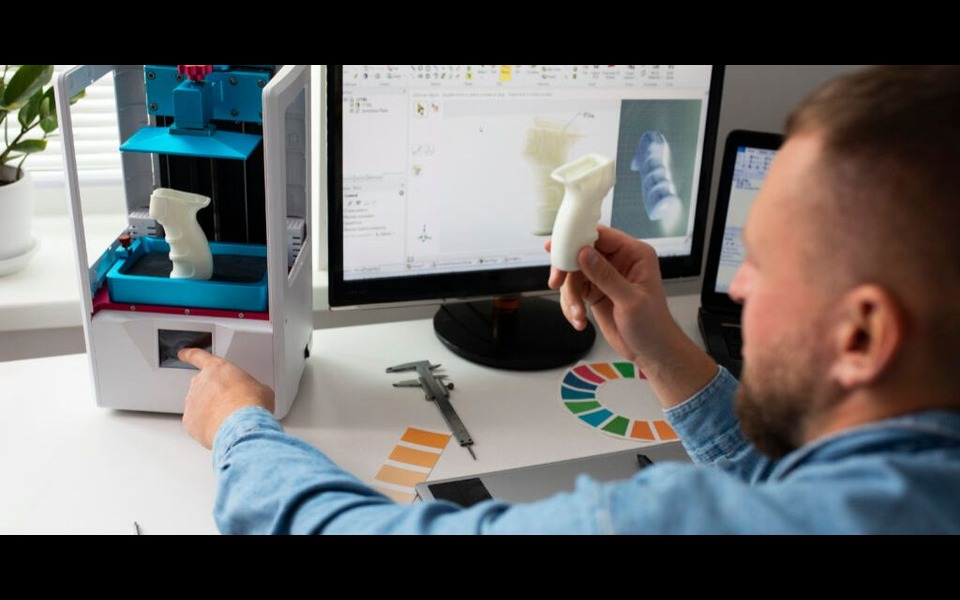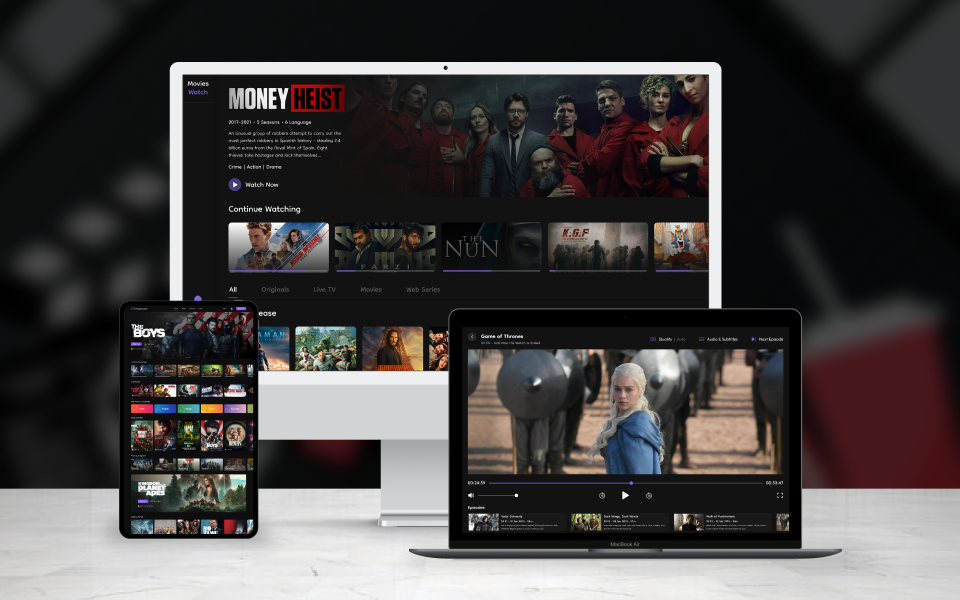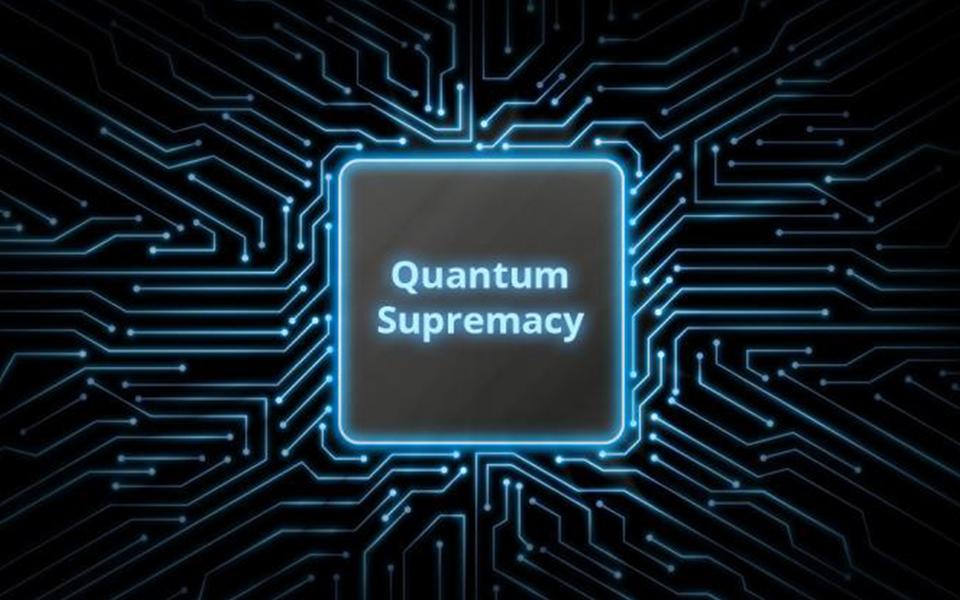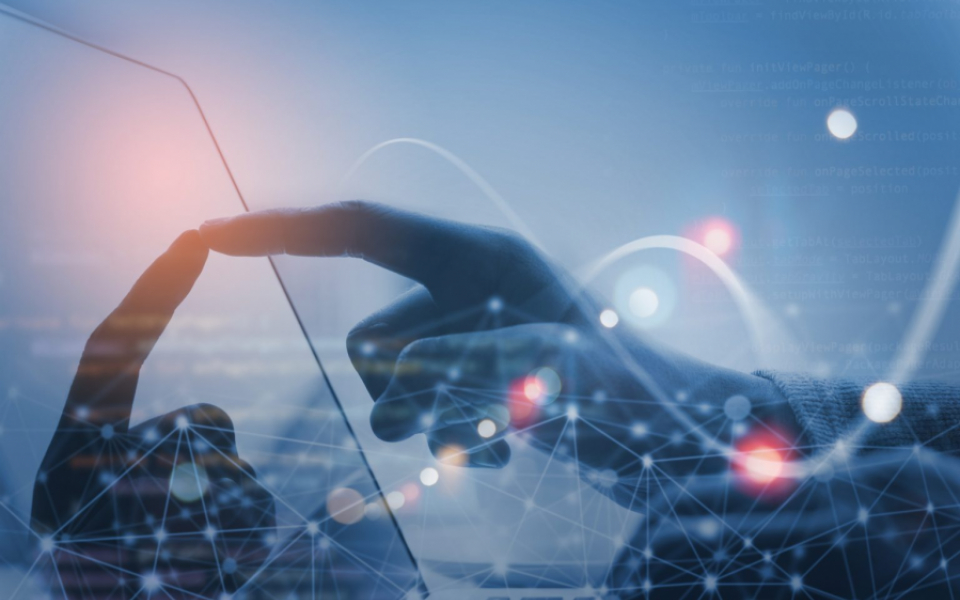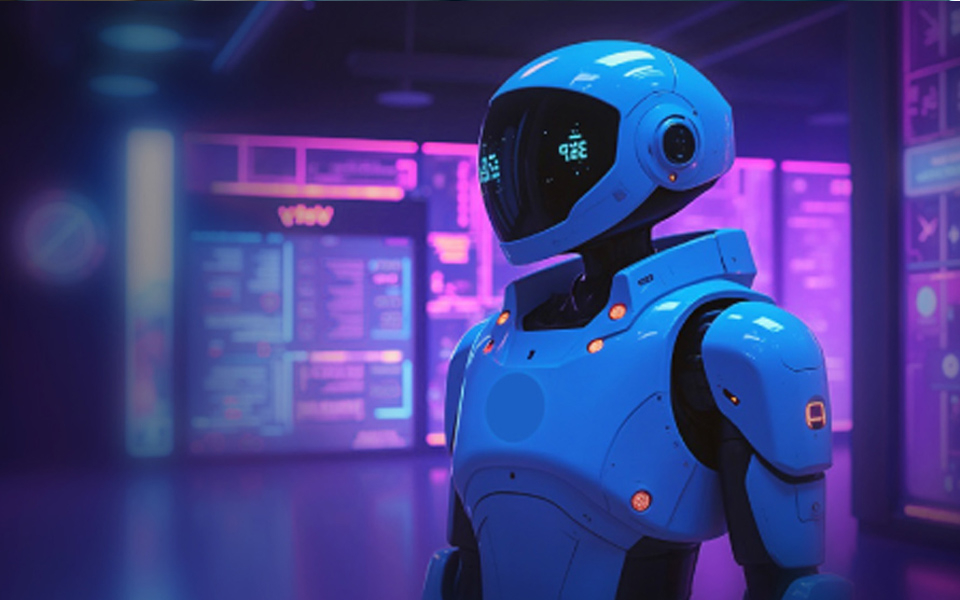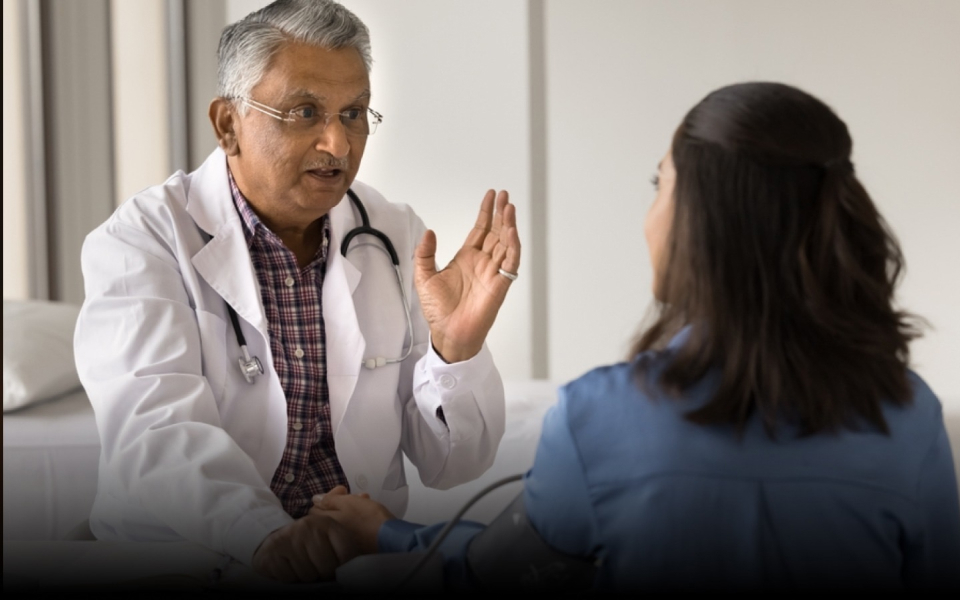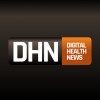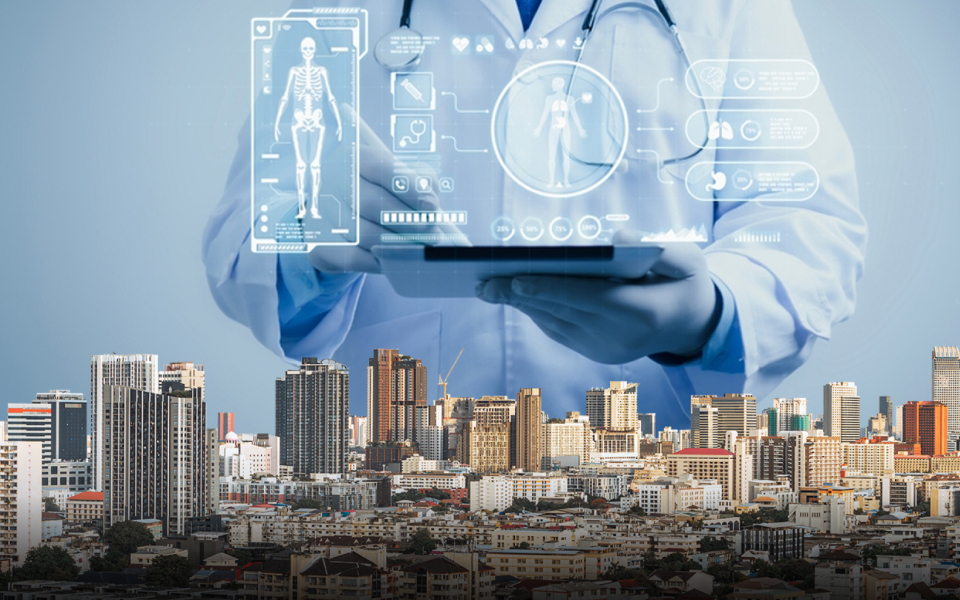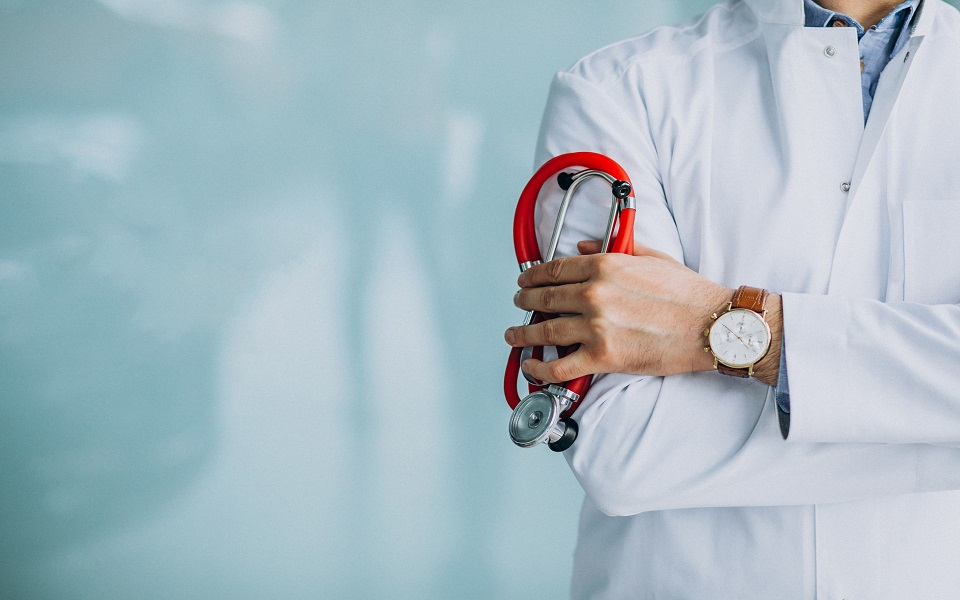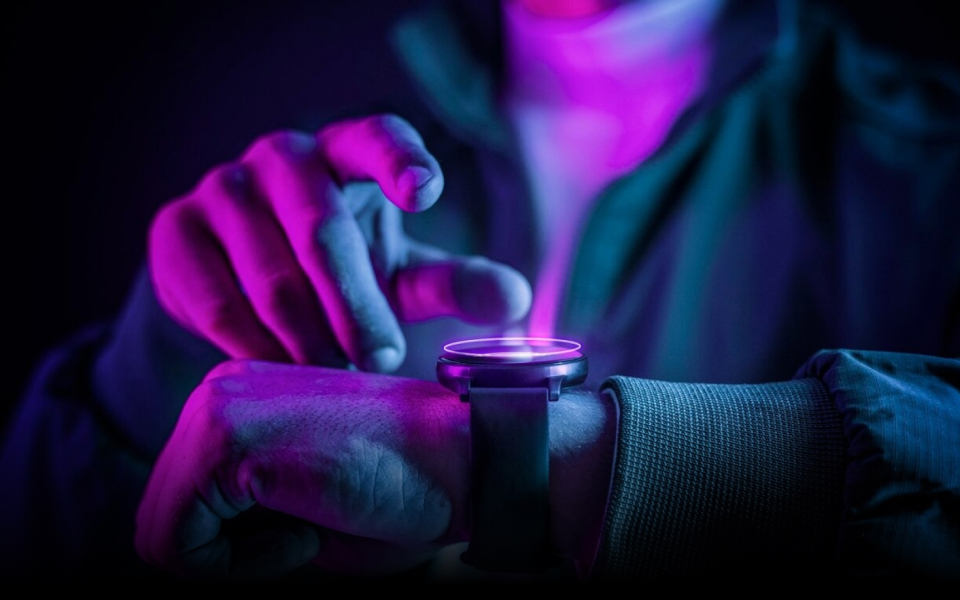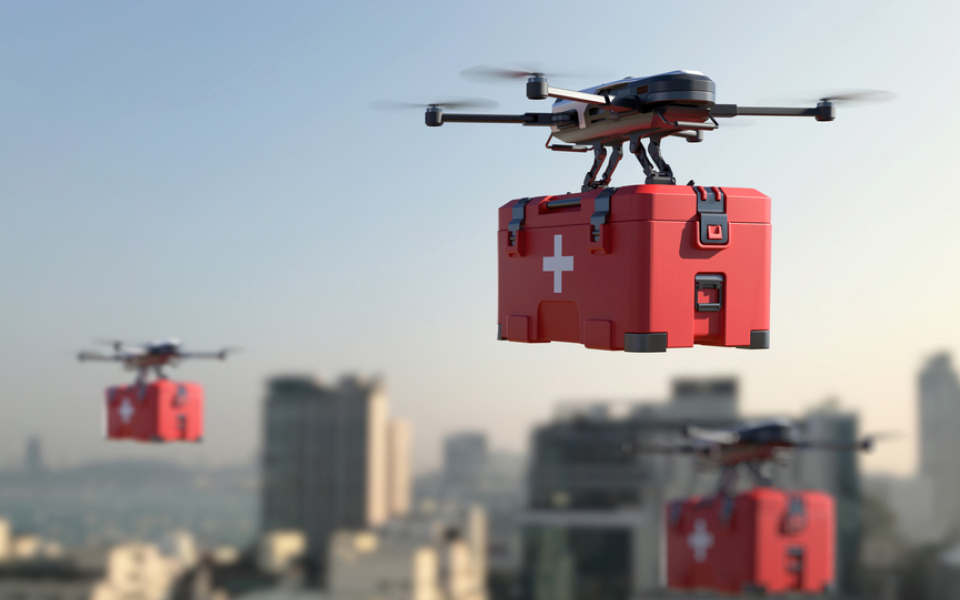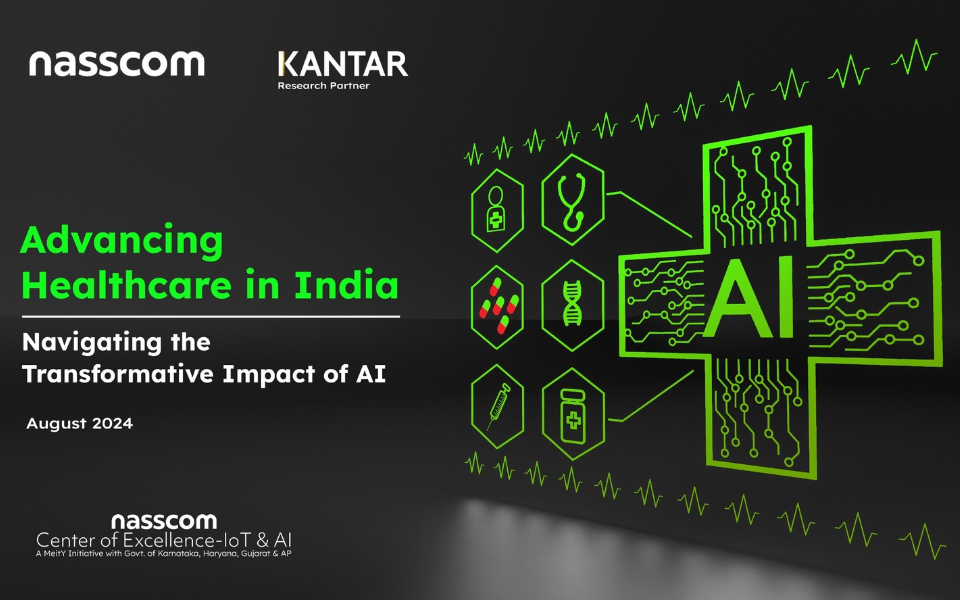Can the convergence of technologies save the Golden Hour of Healthcare?
It was a typical maddening rush hour. Cars were stuck in bumper-to-bumper traffic. Two-wheelers had filled up every inch of inter-car space. I was tired of driving my stick shift, when suddenly I heard the wailing plaintive siren of an ambulance. I could see the flashing lights in my rearview mirror at a distance as it tried to weave its way through the traffic.
Although I wanted to make way for it, just like everyone else, there was hardly any space to move. I was getting worried, and I really wished someone could airlift the patient and quickly take her to the right hospital as fast as it can. Soon the cops got involved, cleared the traffic, and the ambulance could move, but it took a lot of time.
I work for a technology company, and we keep developing great products. I have always been fascinated by the amazing techie-minds around and I keep hearing about all the cool stuff done by advanced technology, which led me to wonder how technology can help save innumerable lives during the golden hour.
Let’s talk about the Golden Hour
According to the Merriam-Webster dictionary, the medical definition of the golden hour is “the hour immediately following a traumatic injury in which medical treatment to prevent irreversible internal damage and optimize the chance of survival is most effective.” Simply put, the chances of survival of a patient who receives medical aid and attention in a golden hour are considerably higher compared to later-stage medical aid that may have amplified complications.
Facts and Figures about the Golden Hour
The following facts and figures are concerning and urge innovators, scientists, and subject matter experts to take quick action:
- The Government of India data shows that 50% of road traffic deaths in India could have been prevented had the injured received primary trauma care within the first hour after the accident.
- A recent statistic, released by St John’s Ambulance, has revealed that 140,000 people die each year in the UK from incidents where first aid could have saved their lives.
- An estimated 2 billion people lack access to essential medicines, partly because they live in remote locations and medical emergency services cannot reach them within the golden hour.
Technologies at our Disposal
While many advanced technologies are at our disposal, they are in silos. They all need to converge.
Consider these examples:
- Electronic Health Record (EHR): As the name suggests, we have patient records and data available. It just needs to be unified.
- Internet of Things (IoT): Not only humans but now devices can talk and send information, like tele-medicine and tele-health systems.
- Wearable devices or implants: Wearable devices or implants can constantly communicate and pass vital information in a timely manner.
- Communications: We have mature communications technologies to connect multiple relevant people and systems. Now, with fast internet speeds, we can send all audio and video data like GPS and GSM from remote locations too.
- Remote patient monitoring: Along with wearables, audio, video, and communications can help us monitor patients remotely such as in robotics/tele-surgery.
- 5G and MEC: The upcoming low-latency 5G and Multi-Access Edge Computing (MEC) are set to make communication faster and reliable.
- Medical Drones: Drones come in various sizes, with drone ambulances deployed in some parts of the world.
- GPS: GPS and other location-tracking systems provide accurate location information.
- Smart devices: These may allow us to control/divert traffic remotely.
- Artificial Intelligence and Machine Learning (AI/ML): The biggest asset we have now is Machine Learning that can analyze loads of variable data and recommend the best way to do certain things.
Well, what’s now required is a unified convergence of all these innovative technologies to help save precious human lives.
When Convergence translates into Criticality
Here’s how I imagine all these technologies can converge to solve the golden hour problem:
- The moment an accident takes place or an emergency occurs, communications devices kick in to inform the central medical unit.
- The location is tracked and the nearest emergency response team (ERT) is contacted and dispatched, along with the emergency healthcare technicians. The patient’s regular physician is also informed.
- A Machine Learning model checks which ambulance can reach the patient fastest. It considers the traffic situation, ambulance availability, fuel level, equipment inside the ambulance, paramedical personnel, et al.
- Traffic police are informed, and the route for the ambulance is cleared using smart city traffic management algorithms.
- The patient’s EHR is quickly checked to zero in on pre-existing medical conditions. The doctors, in consultation with the physician, access the EHR on the ambulatory medical device screen en route and prescribe the treatment inside the ambulance.
- Additional expert inputs can be done right from the ambulance using telemedicine set ups available on demand to the ambulance team.
- The closest hospital is picked, and the smart city algorithm helps with traffic management for the route, based on the patient’s health condition.
- In the meantime, the hospital is provided with the EHR as well as the initial medical diagnosis from the ERT. The emergency room is set up to handle the emergency with more high quality information now at its disposal.
- Using Remote Patient Monitoring (RPM), the patient is tracked throughout and doctors and family are kept updated about the status and medical care of the patient. They can also keep in touch with the patient remotely, thus helping the mental and medical recovery process.
In the case of a medical emergency at a remote location, consider this scenario:
- Through GPS, drone support from nearby locations give a live video feed to the medical response team.
- If required, it can provide urgent equipment for on-the-spot support, like oxygen support or robotic CPR treatment.
- In an extremely critical situation and/or remote location, a medical drone can be arranged which may also airlift the patient.
Use cases of Converging Technologies in the Healthcare space
Currently, many active initiatives are being rolled out, not only in India but across the world to save more lives during the golden hour. Did you know that the Indian government’s goal is to put almost all of its 120 million citizens within minutes of a lifesaving medical delivery by drone? In the first phase of operations, two distribution centers located near Pune and Nandurbar will be established to service public health facilities in those regions.
Ghana has already launched the world’s largest medical drone delivery service for their fight against yellow fever. The revolutionary new service operates 24 hours a day from four distribution centers, each equipped with 30 drones. They deliver to over 2,000 health facilities serving 12 million people across the country.
The California Air National Guard has partnered with the state fire agency CAL FIRE and used drones to collect data that response teams on the ground could not obtain, such as human presence, human movements, and severity. They were also able to show firefighters the direction of a fire to cut down on the time it takes to respond.
With these efforts currently addressed in pockets, the conversion in healthcare technology can expand the horizon for such R&D and global innovation very soon.
Today’s Technology for Tomorrow’s Future
With such convergence, I am sure we can save up on valuable minutes in the golden hour that can be beneficial for lives across the world. Most of the things that we do today were considered impossible many years back. If we humans can reach space, we can definitely solve challenging problems on earth as well.
While envisioning this as a future state of emergency medical services, I definitely understand the complexity, the need of government involvement and approvals, clinical trials, cost, and endless factors which are required to make it happen. However, I am extremely optimistic that someday we will reach there.
If we can guarantee that a pizza will be delivered in 30 minutes, I am sure we have much bigger pressing problems to resolve using SLAs during critical times such as ensuring a patient in an emergency will reach the hospital in the golden hour while getting proper treatment on the way.
The blog was originally posted on GS Lab's Website.
Author: Prachi Divekar, Senior Engagement Manager & Enterprise Agile coach at GS Lab




